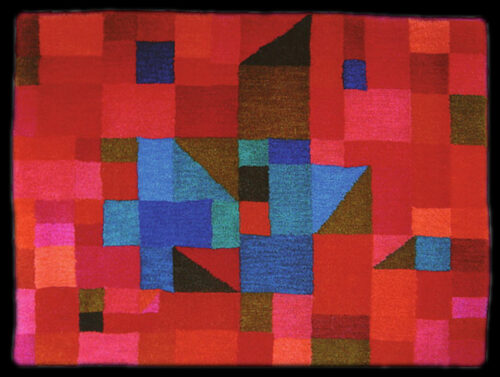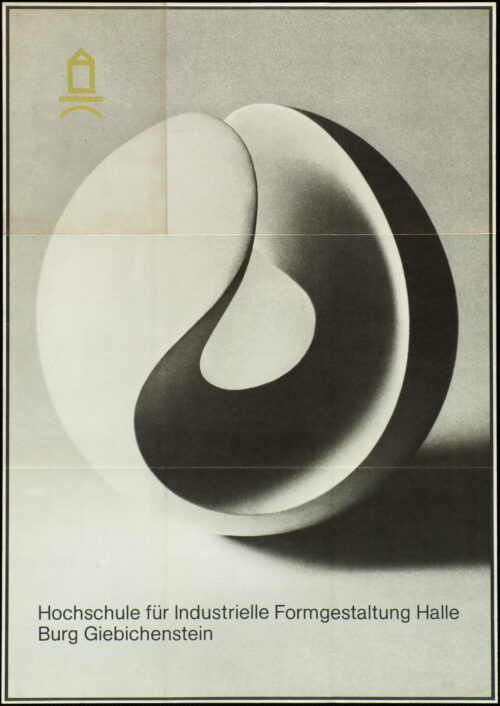Design education at Weissensee in Berlin and at ‘The Burg’ in Halle
Originally founded in 1946 as the Art School of the North, Berlin’s Weissensee School of Art and Design (Kunsthochschule Berlin-Weissensee) was one of two design colleges that trained product designers in East Germany. The second was the University for Industrial Design at Burg Giebichenstein in Halle (Hochschule für industrielle Formgestaltung Halle—Burg Giebichenstein, also known as ‘The Burg’), originally founded as a traditional trade school and later reformed in the spirit of the Deutscher Werkbund with artistic training courses alongside trade workshop facilities. (There were also a number of technical schools where applied arts and crafts, product design, and commercial graphics were taught: Heiligendamm, Schneeberg, and Schöneweide in Berlin.)
In the beginning, the Weissensee school was strongly influenced by people from the Bauhaus and its milieu. This was reflected in the conceptual frameworks of particular teachers, the common basic curriculum for all students, the fundaments of each specialization, and the practice-oriented ‘interlocking’ of different departments. An example of this is a student project harking back formally and aesthetically to the Bauhaus introductory courses led by Johannes Itten and Paul Klee. In 1963, the student Rotraut Schumitz (b. 1940, mar. Pohl) was tasked with designing a carpet for the grand foyer of the House of the Teacher, a building under construction by the Hermann Henselmann architects’ collective in central Berlin. It was realized at the size of 600×350 cm, but only the sample piece survives today.
This 1980 poster from ‘The Burg’ in Halle shows a formal study from a foundation class. Here, as in Weissensee, design training was based on exhaustive, technically perfect formalist exercises—as seen in this plaster example. On the back of the poster, the various programmes in art, design, and technical fields are illustrated with student pieces as well as photos of school life.


